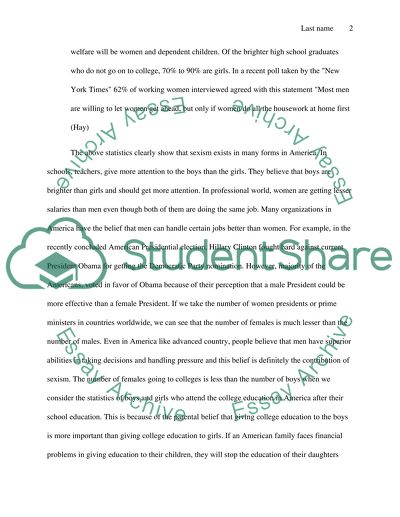Cite this document
(“Sexism in different cultures and societies Research Paper”, n.d.)
Retrieved from https://studentshare.org/family-consumer-science/1414121-sexism-in-different-cultures-and-societies
Retrieved from https://studentshare.org/family-consumer-science/1414121-sexism-in-different-cultures-and-societies
(Sexism in Different Cultures and Societies Research Paper)
https://studentshare.org/family-consumer-science/1414121-sexism-in-different-cultures-and-societies.
https://studentshare.org/family-consumer-science/1414121-sexism-in-different-cultures-and-societies.
“Sexism in Different Cultures and Societies Research Paper”, n.d. https://studentshare.org/family-consumer-science/1414121-sexism-in-different-cultures-and-societies.


